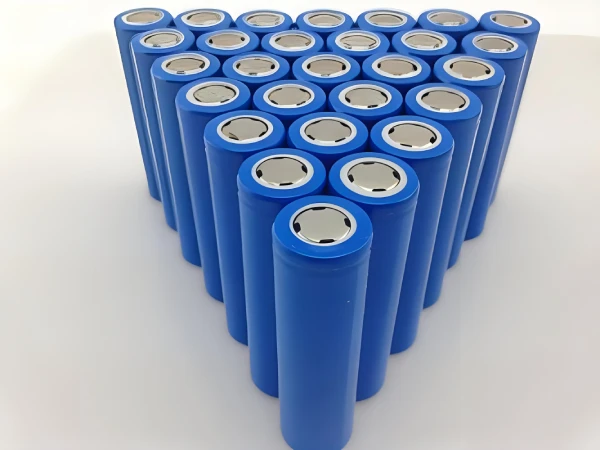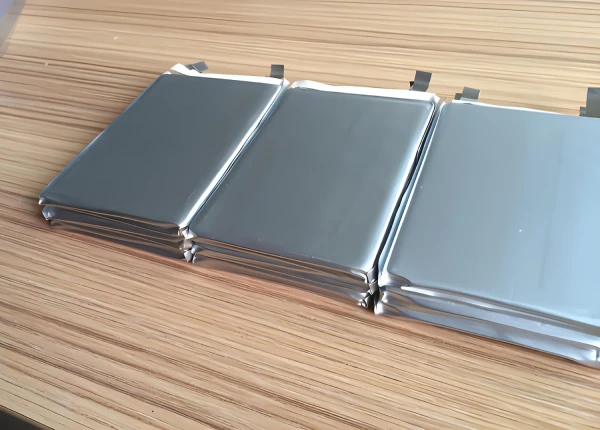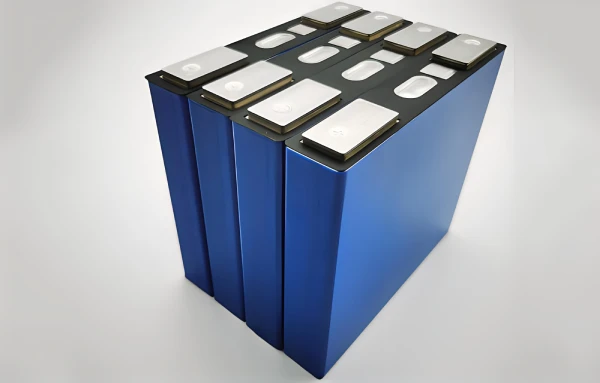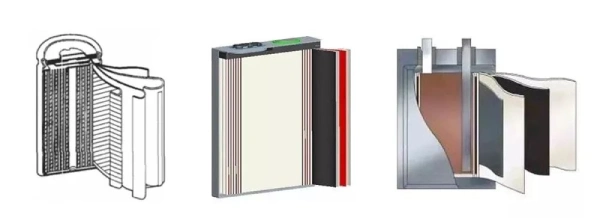There are three main mainstream lithium battery packaging forms, namely cylindrical, square, and soft pack. The three shapes of lithium batteries will eventually become cylindrical batteries, square batteries and soft pack lithium batteries through cylindrical winding, square winding, and square lamination. Different packaging structures mean different characteristics, so what are their differences?
Part 1. Cylindrical lithium battery
Cylindrical batteries have always been Tesla’s only choice, and it is also a helpless choice. Cylindrical batteries are widely used. As early as 1992, 18650 cylindrical batteries have been widely used in digital products.
The technological maturity of 18650 batteries is very high. At the same time, due to its structural characteristics and standardization, the level of automation in cylindrical battery production is higher. The advantage of cylindrical batteries is that their energy density per unit is higher than that of square hard-shell batteries. The energy density of the 21700 battery cell currently used in the Tesla Model 3 is as high as 300Wh/kg. This is a level that other battery formats cannot achieve in a short period.
Types of cylindrical batteries
Cylindrical batteries are divided into lithium iron phosphate, cobalt oxide, manganate, cobalt oxide, and ternary systems. The shell is divided into two types: steel shell and polymer. Batteries with different material systems have different advantages.
At present, cylindrical batteries are mainly steel-cased cylindrical lithium iron phosphate. This cylindrical battery has high capacity, high output voltage, and good charge and discharge cycle performance. Lithium iron phosphate belts are promised to be used in solar lamps, lawn lamps, backup energy sources, power tools, toy models, etc.
Composition of cylindrical battery
The structure of a typical cylindrical battery includes a positive electrode cover, safety valve, PTC element, current cutoff mechanism, gasket, positive electrode, negative electrode, separator, etc.
Part 2. Soft pack battery
Soft batteries are currently the least used battery form in electric vehicles. But in fact, we are not unfamiliar with it. Most of the batteries in mobile phones are soft pack batteries.
The biggest difference between soft, cylindrical, and prismatic batteries is that their outer casing is made of aluminum-plastic film. The pouch battery itself is lighter. With the same capacity, its weight is 20% lighter, and its capacity is 50% higher than that of square batteries. Therefore, the theoretical energy density of soft batteries is higher than that of square and cylindrical batteries.
Soft batteries adopt a lamination type and pursue a slimmer size, making them the lightest in weight at the same capacity and density. Similarly, soft bags can also be customized according to needs, ranging from applications in our mobile phone batteries to applications in new energy vehicles.
Soft batteries have always been the first choice for mobile devices. In automotive applications, it is valued by major brands because of its controllable size. Especially for plug-in hybrid vehicles, the size advantage of soft batteries is even more obvious when considering the layout and weight of the vehicle. GM’s Buick VELITE 5, Cadillac CT6 plug-in, XT5 hybrid model, and Nissan’s Sylphy pure electric all use soft batteries.
Soft batteries are liquid lithium-ion batteries wrapped in a polymer casing. The biggest difference from other batteries is the flexible packaging material (aluminum plastic film). This is the most critical and technically difficult material in soft batteries. Flexible packaging materials are usually divided into three layers: outer barrier, barrier, and inner layer.
Soft pack battery advantages
The packaging material of soft lithium battery gives it a series of advantages as follows.
a.Safety
Soft batteries are structurally wrapped with aluminum-plastic film. In the event of a potential safety hazard, the soft battery will only bulge and crack, unlike steel-cased and aluminum-cased batteries, which will explode.
b. Lightweight
Soft batteries are 40% lighter than steel-cased lithium batteries of the same capacity. 20% lighter than aluminum-cased lithium batteries.
c. Large capacity
Soft batteries have 10-15% higher capacity than steel-cased batteries of the same size. 5-10% higher than aluminum shell batteries.
d. Small internal resistance
Soft batteries have small internal resistance. The internal resistance of soft batteries can be as low as 35Ω. Greatly reduces battery self-consumption.
e. Flexible design
The shape of the soft pack battery can be customized according to customer needs. Lithium battery manufacturers can also develop new battery cell models based on customer needs. However, the existing soft battery cell models are few and cannot meet market demand. At the same time, the cost of developing new models of soft lithium batteries is relatively high.
Part 2. Square battery
Most electric vehicles use square hard-shell batteries (except Tesla). Mainstream battery suppliers in China, represented by CATL, also use square hard-shell batteries as their main R&D products. This is also one of its advantages: there are enough suppliers. For car companies, this also means that the purchase cost of batteries can be effectively reduced.
Square batteries are more flexible and can be customized according to the specific needs of the products they carry. Hence the difference in size. Regardless of manufacturing process or application standards, there is no clear standard division like cylindrical batteries.
But precisely because of its high flexibility, it has been used in early electric vehicles for a long time. Car companies can customize the size of prismatic batteries according to vehicle model requirements without being restricted by cylindrical battery standards.
Prismatic batteries were once considered the most suitable battery design for electric vehicles. Currently, square batteries are used in many models, such as BMW’s i series models, Roewe ERX5, and NIO’s ES8.
Part 3. Cylindrical VS Square VS Soft Pack Lithium Battery
Comparative analysis of technical characteristics
1. Battery shape
Square lithium-ion batteries can be of any size. Soft lithium batteries can be made thinner, incomparable to cylindrical batteries.
2. Rate characteristics
Process limitations of welding multipole tabs for cylindrical lithium-ion batteries. Therefore, the rate characteristic is slightly worse than that of the square multipole method.
3. Discharge platform
Cylindrical, prismatic, and soft lithium batteries use the same positive electrode material, negative electrode material, and electrolyte. So, theoretically, the discharge platform is consistent. However, the internal resistance of prismatic batteries has a slight advantage, so the discharge platform is slightly higher.
4. Lithium battery quality
The cylindrical lithium-ion battery technology is very mature. The quality of cylindrical batteries is also better.
5. Welding of pole tabs
Cylindrical lithium-ion battery tabs are easier to solder than square lithium-ion batteries. Rectangular batteries are prone to false soldering, which affects battery quality.
6. Battery pack
The packing method of cylindrical batteries is simple and has a good heat dissipation effect. When packing square batteries, the problem of heat dissipation must be solved.
7. Battery structure
The chemical activity of square batteries is poor at the corners. Battery performance declines more obviously after long-term use.
In short, whether cylindrical, square, or soft lithium batteries are developing rapidly, they have been well used in their respective application fields.
Related Tags:
More Articles
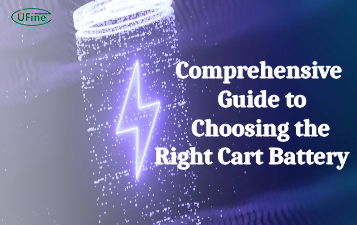
Comprehensive Guide to Choosing the Right Cart Battery
Choosing the right cart battery ensures optimal performance and longevity. This guide covers cart battery types and helps you make an informed choice.
The Ultimate Guide to 18650 Button Top Battery
18650 button top batteries are popular for their high energy density and reliability. This guide covers their key features, usage, and maintenance tips.
The Power of Slim: Unveiling the Potential of Flat Lithium Ion Battery
Flat lithium-ion batteries power devices from phones to vehicles. This article explores their design, benefits, types, applications, charging, and safety.
The Comprehensive Guide to Battery Balancing and Battery Balancer
Battery balancing and balancers optimize performance, longevity, and safety. This guide covers techniques and tips for choosing the right balancer.
10 Key Facts About Drone Battery for 2024
Uncover crucial insights with "10 Key Facts About Drone Battery for 2024." Learn the latest trends and essential details on drone batteries.
